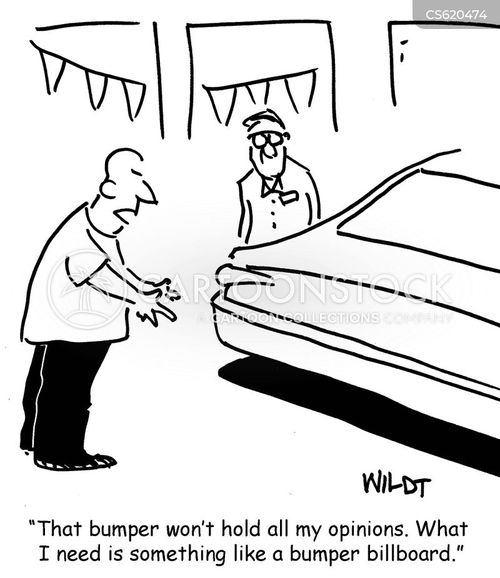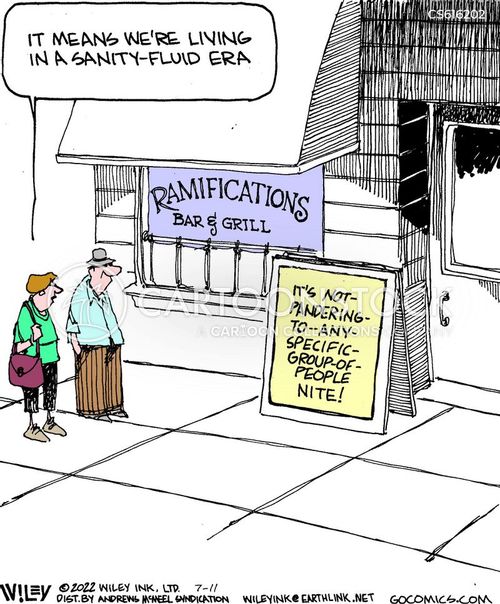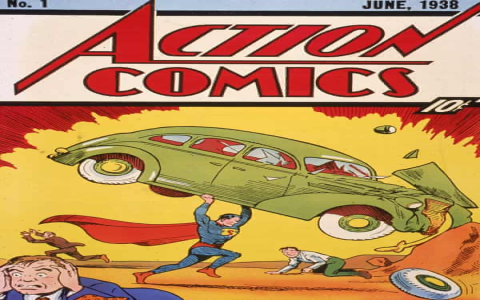Ah, now this political cartoon stuff, it’s like a whole different world, isn’t it? Let me tell you, these comic folks – well, they ain’t just about giving a good laugh. No, no, they got a purpose, you see? They’re trying to make people think, trying to get you to see the world their way. A good political comic, it’s almost like when you’re sitting around talking to your neighbors, everybody’s got their opinions, only here, it’s the artist showing their ideas with drawings.

Now, this kind of comic, it’s got these big-headed characters, you know? Makes the politicians look funny, with big noses or crazy hair, real exaggerated. You look at one, and you just know who they’re talking about! But it ain’t just for fun. No, they’re trying to show something serious underneath. That’s what makes political cartoons so popular – they take big issues and turn them into something simple you can look at and say, “Ah, I get it!”
Way back when – we’re talking before even your grandma’s grandma – the first of these cartoons showed up in a newspaper. Ben Franklin, that smart old fella, made a drawing in 1754 to show how the colonies in America were all separated, like pieces of a snake that couldn’t stay together. He wanted people to see that if they didn’t join up, well, they might not be able to stand up to the British. And wouldn’t you know, folks remembered that snake picture! It got people talking, and that’s what these comics are all about.
So, it’s like this: every week, cartoonists pick up their pens and sketch out what’s going on in the world. They take all that news stuff, which can be so confusing, and they boil it down to a picture with a couple of words. You got artists like Ann Telnaes and David Horsey – you’ll find their work in big papers like The Washington Post and The Seattle Times. They know how to turn politics into something folks can understand, even if it’s tough news.
Let me tell you about these comics, though – they got layers. Kind of like an onion, right? You peel it back, and you start to see what they’re really saying. They use funny stuff like exaggeration and metaphors – things like drawing someone as a puppet to show they’re being controlled by someone else. It’s like the comic’s talking to you, saying, “Hey, look closer!” And sometimes they’re not even trying to make you laugh, but rather make you see something that might not feel so good about the folks in charge.
They’ve got their work cut out for them, these cartoonists. Every week, they take on new issues, new people, all the ups and downs. If there’s a big story, you can bet there’s gonna be a cartoon about it. And because they’re working with pictures, it’s like a language everyone can understand, whether you’re young or old, city or country folk. Even if you don’t know all the big words politicians use, you can look at the picture and just know what’s being said.

- Political cartoons are like little lessons in politics, hidden in plain sight.
- They use humor, but it’s a tool, not the main point – they’re here to open your eyes.
- Each comic artist, like the ones in the newspapers, has their style, but the goal’s the same: to show what they think of the world.
And don’t think these artists are just picking on one side, no, they go after anyone who’s got power. If there’s something funny, strange, or downright silly about a person in power, they’re gonna put it in a cartoon. That’s how they keep folks honest. But, oh, it can get them into some hot water, too. Some folks don’t like being laughed at or criticized, but that’s the whole point of these comics – to keep people talking, to shake things up a bit.
So next time you see one of these comics, don’t just chuckle and turn the page. Take a closer look, ask yourself what the artist’s trying to say. They might just be saying something worth listening to. And in the end, that’s what these comics are for – getting folks to think, maybe change their minds, and see the world a little bit different.
Tags:[political cartoons, editorial cartoons, humor in politics, Ann Telnaes, satire comics]















